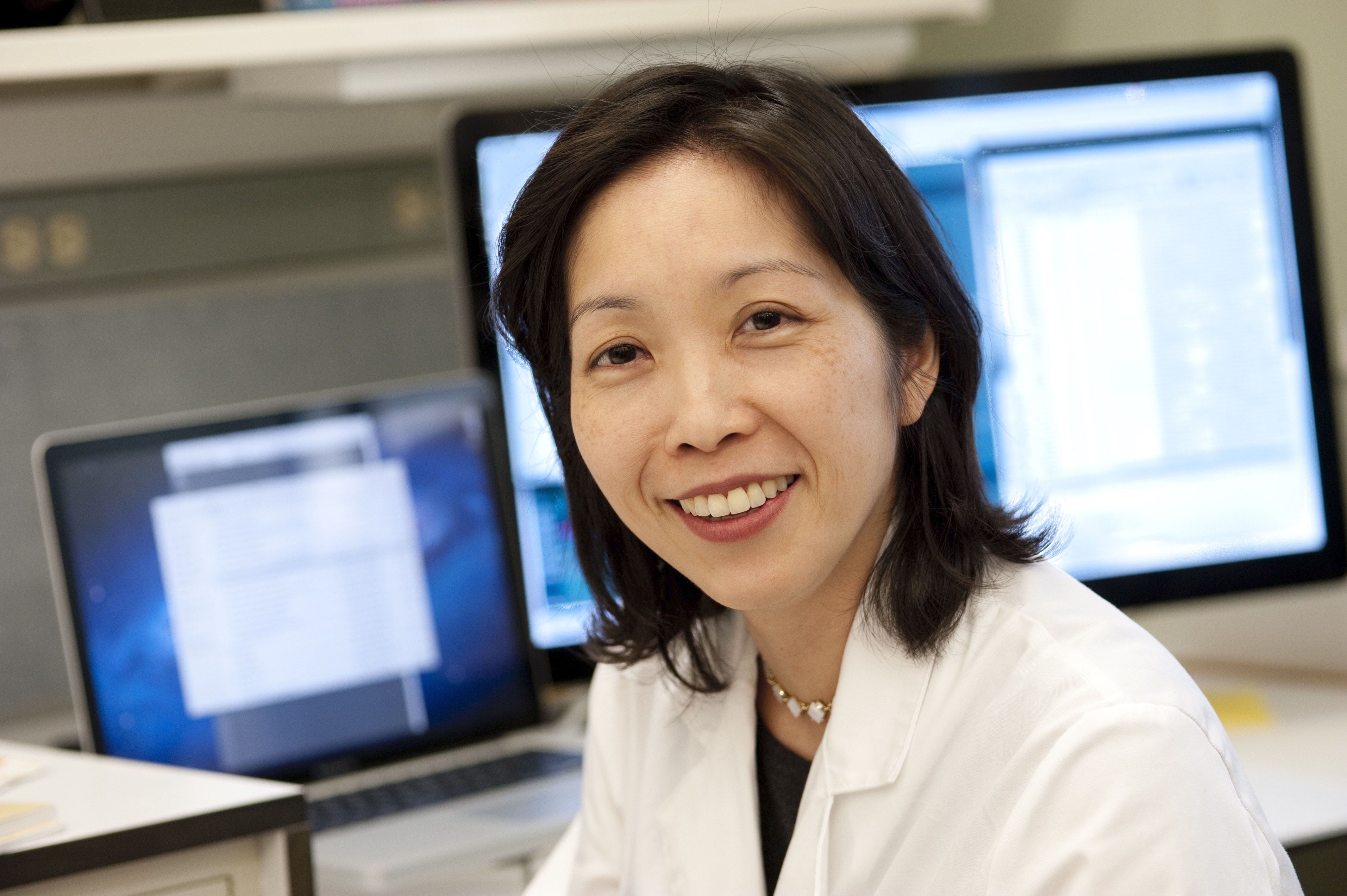Meet the Councilor | Heidi Kong, MD MHScThis issue’s ‘Meet the Councilor’ features IEC Councilor Heidi Kong, MD MHSc. She also is an attending physician on the NIH Dermatology Consultation Service and an adjunct investigator at the National Cancer Institute. In May, she co-chaired the IEC symposium Microbiome for the Society for Investigative Dermatology (SID) Annual Meeting along with Tiffany C. Scharschmidt, MD.
What is your proudest accomplishment in the atopic dermatitis (AD) space to date?From a research perspective, an incredible amount of work by researchers across the globe has highlighted the multifactorial nature of AD, including the contributions of barrier disruption, immune dysregulation, genetics, and exposures. Our group has helped to spotlight the potential contributions of skin bacteria to AD. We have used genomics to describe the predominance of Staphylococcus aureus and Staphylococcus epidermidis in AD skin during disease flares. As a dermatologist, being able to provide both clinical and emotional support for patients who have AD and for their families is particularly rewarding. What do you value most about being involved with the IEC?The IEC has very effectively brought together a diverse community of clinicians and investigators dedicated to advancing AD treatment and research. The commitment of the IEC members toward systematically exploring the multiple facets of AD—epidemiology, prevention, biological mechanisms, therapeutics—is invigorating. I value both the ability to connect with other AD clinicians and researchers and the dissemination of the latest in AD research advances in IEC meetings. What do you think will garner the most attention over the coming year in the AD field?The pace of AD research in recent years with the increased focus on biological mechanisms and therapeutic approaches has revolutionized what we know about AD and its treatment. I am enthusiastic about the furthering of our knowledge of this disease and how this can improve the lives of AD patients. What do you see as the biggest need among AD patients?Even with the notable advances in AD research and treatment, AD patients worldwide still suffer from multiple unmet needs. The burdens of disease and the disparities in access to care on both a global and national scale persist. I am hopeful that continued investigation in AD and efforts to expand outreach, particularly through the efforts of the IEC, will help to address these needs. |

